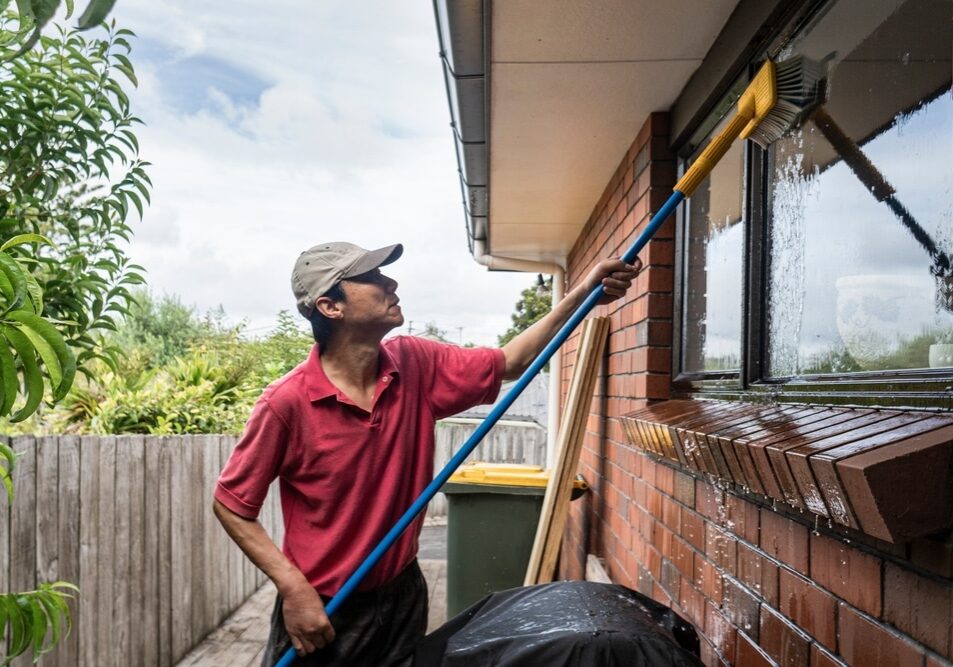Borrowers Now: Protected or Poorer?

As the fallout from the Royal Commission continues and Labor and Liberal continue to use the issue as a political football, it seems that the reason why we got into this Commission business in the first place is being lost in the noise. Labor, in particular, was desperate to be seen to be simultaneously putting the sword to the banks, and shielding borrowers as we entered record levels of household debt in Australia. They wanted to be the guys who created better outcomes for us ordinary Australian’s when it came to dealing with banks.
So how did we go with all this? To figure it out, we first need to look at what started happening a few years ago.
Even before the Royal Commission had been called, there had been a steady tightening of lending standards occurring across Australia. Australia’s banks, seeing that they were about to weather a storm, decided to proactively batten down the hatches before the powers that be got stuck into them.
Every week, mortgage brokers around the country were getting emails from lenders about new policies which were making it more difficult for people to get finance for a home. Some of these changes were relatively simple. For example, when APRA capped interest only lending at 30% of their total loan books for lenders it was pretty easy to understand the rationale for this at both the individual level (you should be trying to pay down your debt after all), and when considering the overall debt of the country. If you made an application for an interest only loan it was more likely to get declined because the lenders had caps they couldn’t exceed. Simple enough.
Other changes, while still ultimately providing a larger safety buffer for the consumer in case their financial shit hit the fan, were harder for borrowers to understand.
Credit cards which were paid off monthly were being treated like they were maxed out for the purposes of servicing. Rental income was shaded back to 80% (and then further to 75% by some lenders), and other loans and commitments were getting inflated and were designed to show that lenders had stress tested the absolute bejesus out of every deal. I can imagine many a credit assessor thinking to themselves “God, please. Surely these applicants can’t get themselves into trouble after all this” when approving them for a home loan.
So maybe you could try make the argument that we didn’t need the Royal Commission based on the above? Given that the banks have proactively sought to protect consumers, doesn’t it show that they have a history of self-regulation with the consumers interest at heart?
Pump the brakes there, speed racer. Banks look after themselves first, and this was no different.
Let’s look at the kind of people who were actually appearing in the Royal Commission. Many of the issues being brought to light revolved around people who had defaulted on loans their banks had given them. Being a fairly invested observer of the Royal Commission, I made note of most of these, and despite not being the biggest fan of some of our banks, I have to say that much of the time the banks were simply doing their job.
Take for example the investor that bought 2 investment properties in the mining town of Mackay. After the downturn there, as tends to happen in mining towns from time to time, the property values dropped and he owed more on the loans than what the properties were worth. This was someone who came to the commission to protest the banks negligence in giving him a loan, even though he could afford the repayments. What this bloke was protesting wasn’t really that the bank had done something wrong. This bloke was cross because he chose a dud investment and the bank didn’t help him from himself.
Like the frog in the boiling pot, somewhere along the line without even realising it, we’ve reached a crucial crossover point where the mantle of responsibility has been passed from the individual to the lender.
These days to get your loan formally approved, it’s not enough to just do a simple budget and figure out if you can afford a home loan. To illustrate this point further, ANZ recently announced that they now have over 480 steps in the process of formally approving a home loan. The rate of change in this industry has quickened in pace to the point that sometimes what was a suitable lender for a borrower one month ago is now a no-go. These numerous small but significant changes have contributed to making loan applications more complicated, and despite the intended effect, have actually made it more difficult for many customers to understand their true financial situation when it comes to borrowing more money. We’re slowly training a country of borrowing adults to become the children who hold out their hand with coins in it at the school tuckshop who say “what can I get for this much”?
As personal responsibility has shifted away from the individual and fallen on the shoulders of the companies and banks lending, it has created an environment in which the people buying property are no longer responsible for making educated decisions as to whether they can afford it. Due to the complexity of loan applications, they get told what they can and can’t afford, and have become more passive in the process. We’ve stopped being the people who fix their own cars, and become the people who drop their car off at the mechanics and say “buggers me. Maybe you can figure it what’s wrong with it”.
I’m not a cynical person, and I’m certainly not a bank fanboy by any stretch of the imagination. But my 2 cents is that if we’ve created an environment in which companies are held responsible and individuals are just passive players in the game, then in the process of trying to avoid poor consumer outcomes, we’ve just created them.
General advice disclaimer
The information provided on this website is a brief overview and is general in nature. It does not constitute any type of advice. We endeavour to ensure that the information provided is accurate however information may become outdated as legislation, policies, regulations and other considerations constantly change. Individuals must not rely on this information to make a financial, investment or legal decision. Please consult with an appropriate professional before making any decision.




